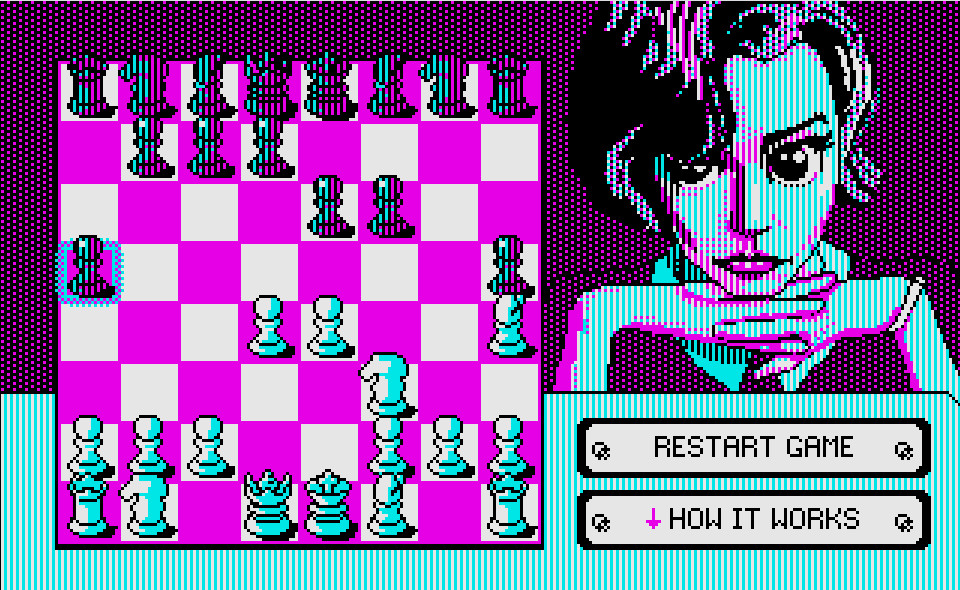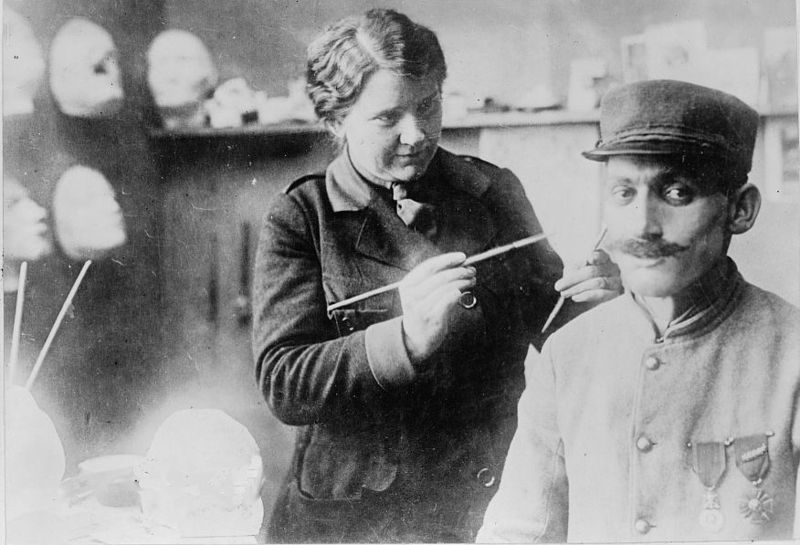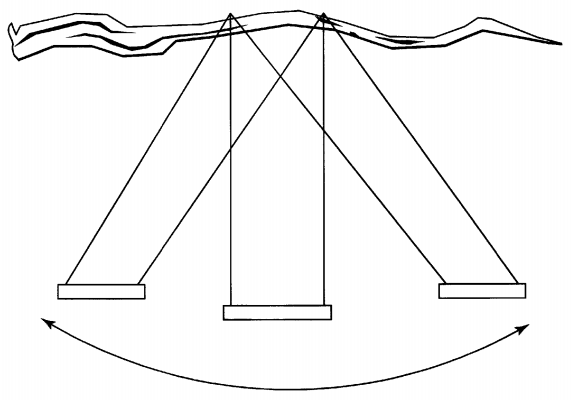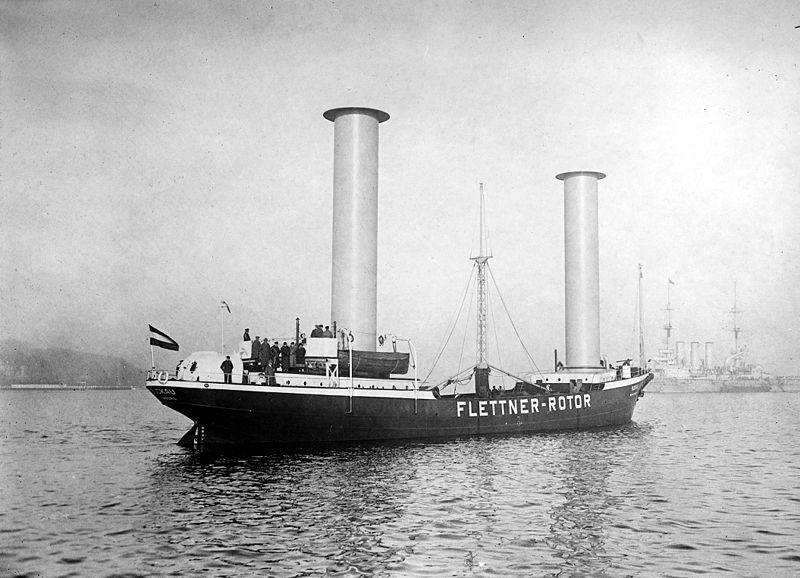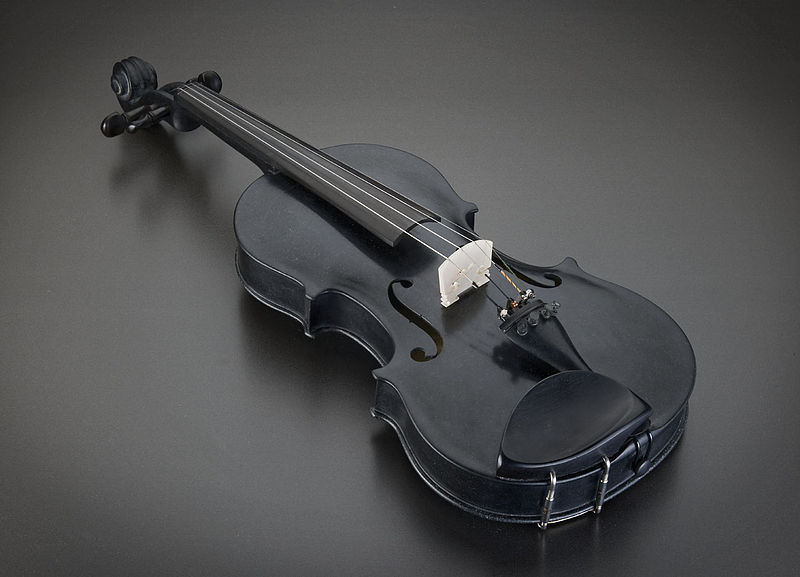
The Blackbird is a full-size playable stone violin crafted by Swedish sculptor Lars Widenfalk. The instrument incorporates diabase from his grandfather’s tombstone, with a backplate of porphyritic diabase, both materials more than a billion years old. The design is based on drawings by Stradivarius, but Widenfalk made some modifications to allow it to be played.
The fingerboard, pegs, tailpiece, and chinrest are of black ebony, and the bridge is of mammoth ivory. “What drove me on was the desire to discover the limits to which this stone can be pushed as an artistic material,” Widenfalk said. “At two kilos it is heavier than wooden violins, but it gives you the feel that you are carrying Mother Earth.”

